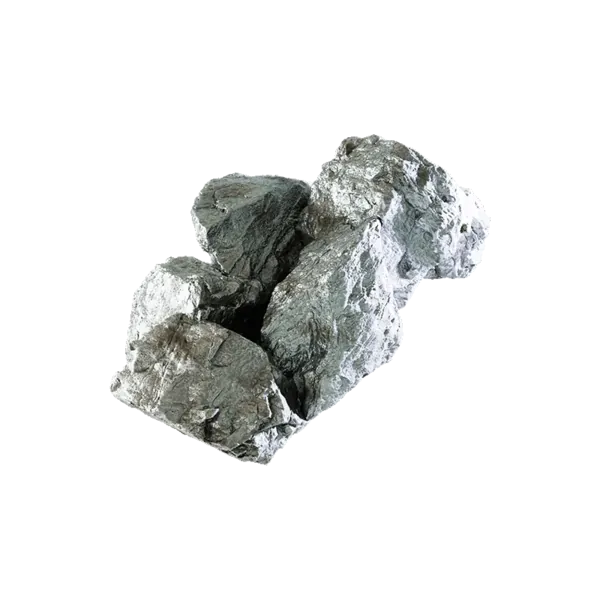TECHNOLOGY
Carbon neutral technologies
Combustion
Combustion technology is a key enabler for our carbon neutral goals. Oxy-fuel combustion has a flame temperature similar to that of conventional Air-fuel combustion. However, oxy-fuel combustion produces significantly less flue gas due to the absence of nitrogen, greatly improving heat transfer efficiency. Overall, our technology vastly improves the work to cost ratio, whilst keeping processes sustainable.
Combustion technology is a key enabler for our carbon neutral goals. Oxy-fuel combustion has a flame temperature similar to that of conventional Air-fuel combustion. However, oxy-fuel combustion produces significantly less flue gas due to the absence of nitrogen, greatly improving heat transfer efficiency. Overall, our technology vastly improves the work to cost ratio, whilst keeping processes sustainable.
Scroll to learn more
01
03
We create solutions for the following markets
01
01
and help our clients forge successful stories
01
02
01
02






